How to use Rice Cooker
Before we talk about how to use a rice cooker, let’s talk about what is Rice Cooker and how they work, and the different parts of a typical rice cooker:
Contents
What are Rice Cookers:
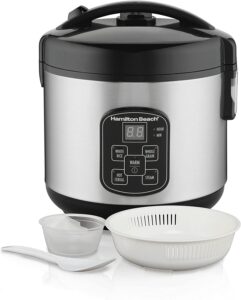
A rice cooker, also known as a rice steamer, is a kitchen appliance specifically designed for cooking rice. It simplifies the rice cooking process by automating the temperature and timing, ensuring consistent and perfectly cooked rice with minimal effort. Rice cookers are versatile appliances that can cook different types of rice, and grains, and even prepare other dishes like porridge and steamed vegetables.
How Rice Cookers Work:
Rice cookers work on the principle of heat and steam. They consist of an outer shell, an inner cooking pot with a non-stick coating, a heating plate, and a control panel. The key components of a rice cooker include a thermostat, a thermal sensor, and a timer.
When the rice cooker is turned on and the cooking cycle is initiated, the heating plate at the bottom of the inner pot starts to heat up. As the water in the pot begins to boil, it creates steam. The thermostat and thermal sensor work together to monitor the temperature inside the rice cooker.
As the rice absorbs the hot steam, it gradually cooks and becomes tender. Once the rice cooker senses that the temperature has reached a certain level or the water has evaporated, it automatically switches to a keep-warm mode. This mode maintains a lower temperature to keep the cooked rice warm and ready to serve for an extended period without overcooking or drying out the rice.
Parts of a Rice Cooker:
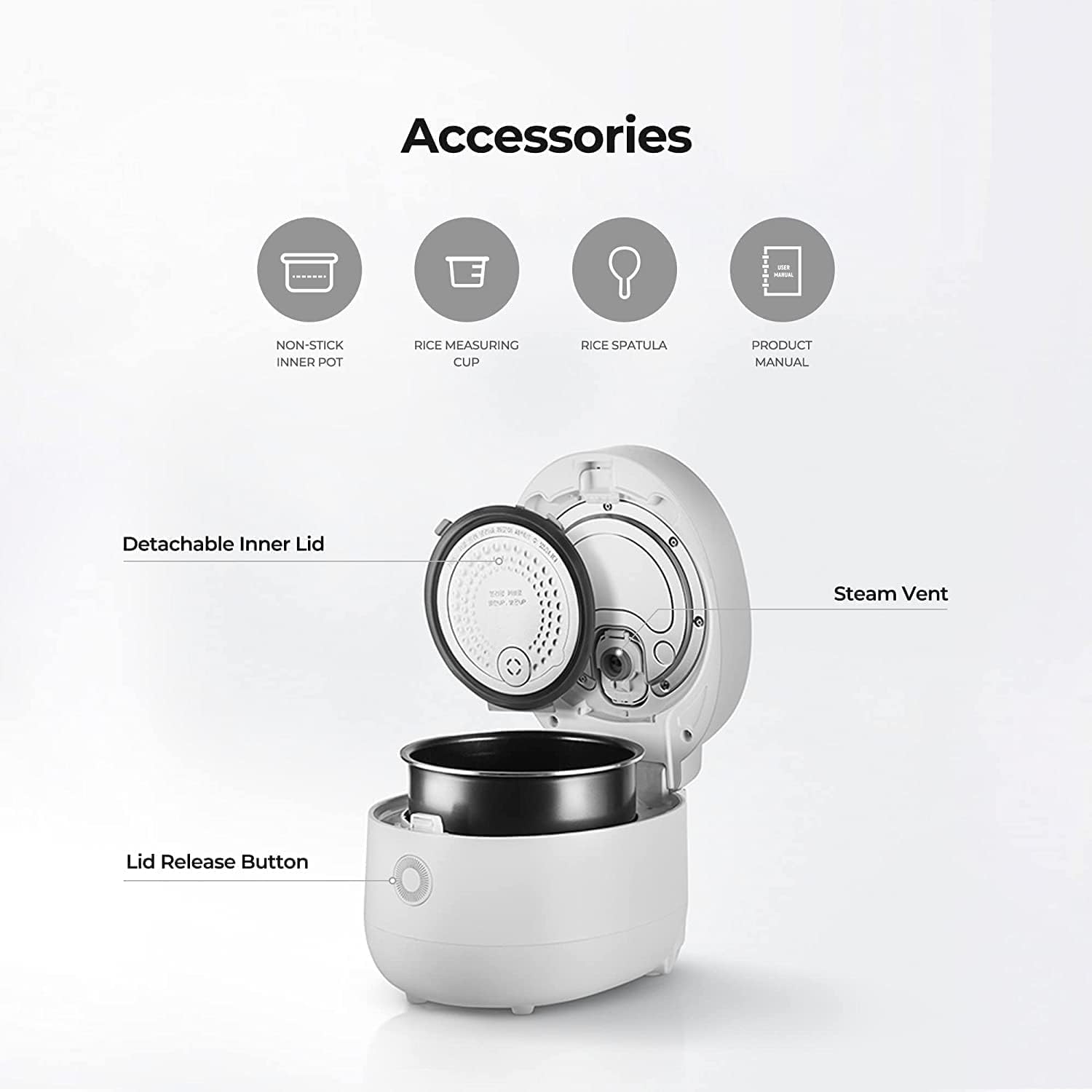
Understanding the various parts of a rice cooker helps you operate the appliance effectively and maintain it properly. Each part plays a crucial role in ensuring consistent and well-cooked rice with minimal effort. Here is the parts of rice cooker with images for your better understanding.
Outer Shell:
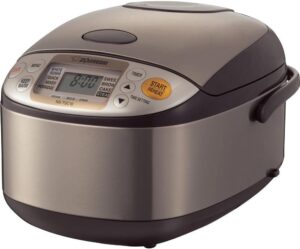
The outer shell is the exterior casing of the rice cooker. It houses the heating elements and controls and acts as an insulating layer to maintain heat.
Inner Cooking Pot:
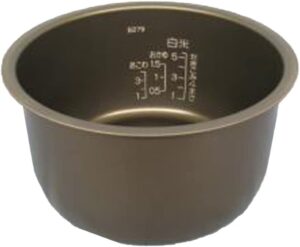
The inner cooking pot is typically made of aluminum or stainless steel and has a non-stick coating to prevent the rice from sticking to the bottom. It is removable for easy cleaning.
Heating Plate:
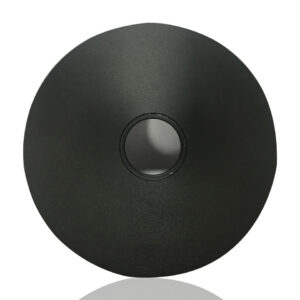
The heating plate is located at the bottom of the inner pot and provides the heat necessary for cooking the rice. It is controlled by the thermostat and helps maintain a consistent temperature.
Control Panel:
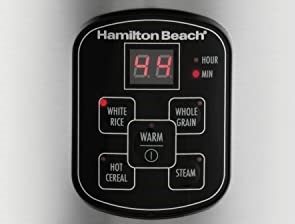
The control panel is located on the exterior of the rice cooker and features buttons or a digital display for selecting cooking modes, adjusting settings, and starting or stopping the cooking process.
Lid:
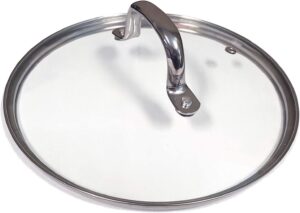
The lid covers the inner pot and locks in the steam and heat during cooking. It may have a steam vent to prevent pressure build-up.
Measuring Cup:
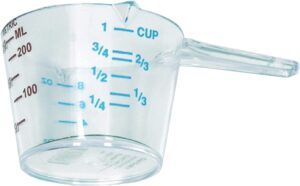
Rice cookers usually come with a measuring cup specifically designed for rice. This cup helps you measure the correct amount of rice and water.
Rice Paddle:
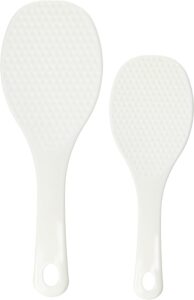
A rice paddle, also known as a rice spatula, is used to scoop and serve the cooked rice. It is typically made of plastic or wood to prevent scratching the non-stick coating of the inner pot.
How to use Rice Cooker:
Here’s an easy and detailed set of instructions for beginners on how to use a rice cooker:
- Measure the Rice: Start by measuring the desired amount of rice using the measuring cup that usually comes with the rice cooker. A standard cup is typically around 180ml. The markings on the inner pot of the rice cooker will indicate the maximum capacity for rice.
- Rinse the Rice (Optional): Rinsing the rice before cooking can help remove excess starch and improve the texture. Place the rice in a colander and rinse it under cold water, gently stirring with your fingers until the water runs clear. This step is optional and can be skipped if you prefer.
- Add Water: After rinsing the rice, add the appropriate amount of water to the rice cooker. The general rule of thumb is to add 1.5 cups of water for every cup of uncooked rice. However, this ratio may vary depending on the type and variety of rice you’re using. You can refer to the rice packaging for specific water-to-rice ratios.
- Close the Lid: Once you’ve added the rice and water, securely close the lid of the rice cooker. Make sure it is properly sealed to retain steam and heat during the cooking process.
- Select the Cooking Mode: Most rice cookers come with different cooking modes, such as white rice, brown rice, quick cook, or porridge. Choose the appropriate mode based on the type of rice you’re cooking. If you’re unsure, the default white rice mode is suitable for most varieties.
- Start Cooking: Once you’ve selected the desired cooking mode, press the start or cook button to begin the cooking process. The rice cooker will automatically adjust the cooking time and temperature to ensure perfectly cooked rice.
- Wait for the Rice to Cook: Allow the rice cooker to complete the cooking cycle. During this time, avoid opening the lid, as it can disrupt the cooking process and affect the results. The rice cooker will automatically switch to the keep-warm mode once the rice is cooked.
- Let it Rest: After the cooking cycle is complete, let the rice sit in the rice cooker for about 5 to 10 minutes. This resting period allows the rice to steam and settle, resulting in a better texture.
- Fluff and Serve: After the resting period, open the lid and use a rice paddle or fork to fluff the rice gently. This helps separate the grains and distribute any remaining moisture. Serve the cooked rice hot and enjoy!
- Cleaning and Maintenance: After using the rice cooker, make sure to unplug it and allow it to cool down before cleaning. Remove the inner pot and wash it with warm soapy water, or check the manufacturer’s instructions for specific cleaning guidelines. Wipe the exterior of the rice cooker with a damp cloth.
Remember to refer to the instruction manual that comes with your specific rice cooker model, as the features and functions may vary. With practice, you’ll become more familiar with your rice cooker’s settings and adjust the water-to-rice ratio based on your preferences. Enjoy perfectly cooked rice hassle-free with your rice cooker!